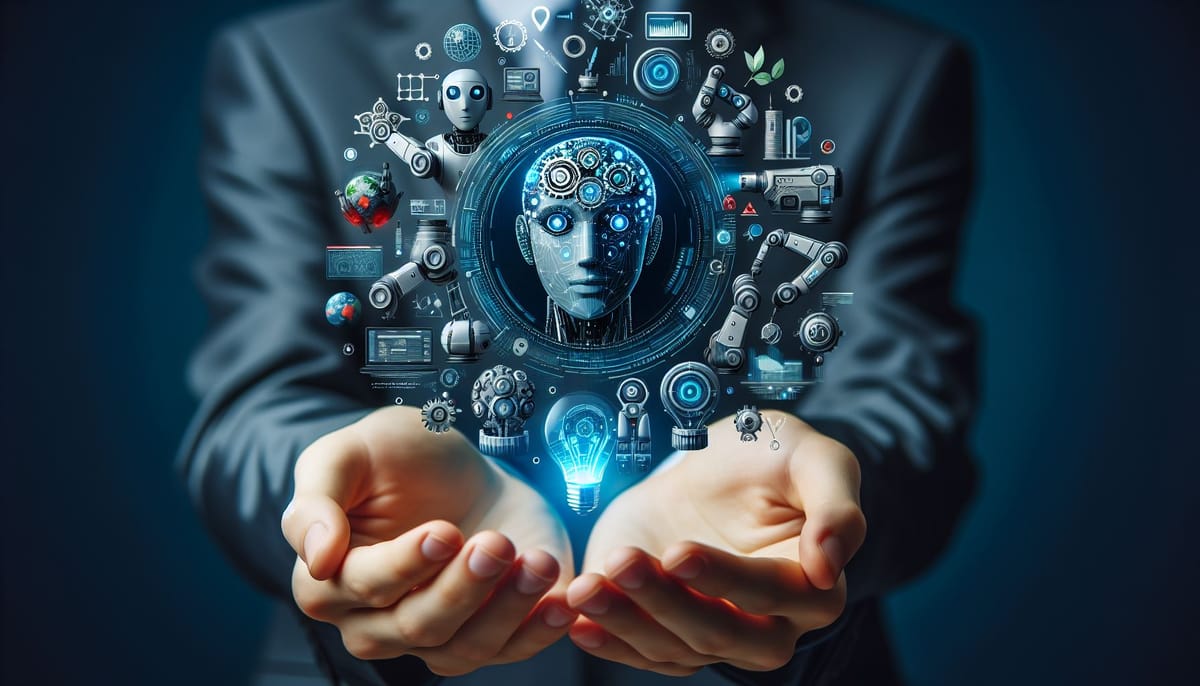The Impact of Deep Learning on Computer Vision

Computer vision, a field of artificial intelligence (AI) focused on enabling computers to interpret and understand the visual world, has undergone a significant transformation with the advent of deep learning. In this blog post, we'll explore the powerful synergy between deep learning and computer vision, examining key concepts, applications, and future trends in this rapidly evolving field.
Deep Learning: Revolutionizing Computer Vision
Deep learning, a subset of machine learning that mimics the structure and function of the human brain, has revolutionized computer vision by enabling machines to learn intricate patterns and representations from vast amounts of data. Convolutional Neural Networks (CNNs), a type of deep neural network inspired by the visual cortex of animals, have emerged as a cornerstone in many computer vision applications due to their ability to extract meaningful features from images.
Applications of Deep Learning in Computer Vision
The integration of deep learning into computer vision has led to a plethora of applications, including:
- Image Classification: Deep learning models can classify images into distinct categories with remarkable accuracy, surpassing human performance in certain cases.
- Object Detection: Deep learning algorithms can detect and localize objects within images, enabling applications such as autonomous driving and surveillance systems.
- Semantic Segmentation: By segmenting images into meaningful regions, deep learning models can provide a detailed understanding of image content, crucial for tasks like medical image analysis and autonomous navigation.
- Image Generation: Deep learning techniques, such as Generative Adversarial Networks (GANs), can generate realistic images from scratch, opening up new avenues in art, design, and visual storytelling.
Future Trends in Deep Learning and Computer Vision
Looking ahead, several trends are expected to shape the future of deep learning and computer vision:
- Explainable AI: As deep learning models become more complex, there is a growing need for techniques that can explain their decisions, particularly in critical applications such as healthcare and law enforcement.
- Transfer Learning: Transfer learning, which involves transferring knowledge from one task to another, is expected to enhance the efficiency and effectiveness of deep learning models in computer vision.
- Multimodal Learning: Combining information from different modalities, such as text, audio, and video, is expected to enable more robust and comprehensive understanding of visual data.
- Edge Computing: Real-time processing of visual data is becoming increasingly important, driving the adoption of edge computing to process data closer to the source in computer vision applications.
In conclusion, the integration of deep learning into computer vision has unlocked unprecedented capabilities, enabling machines to perceive and interpret the visual world with remarkable accuracy and sophistication. As researchers and practitioners continue to push the boundaries of what is possible, the future of deep learning in computer vision holds immense promise for innovation and discovery.